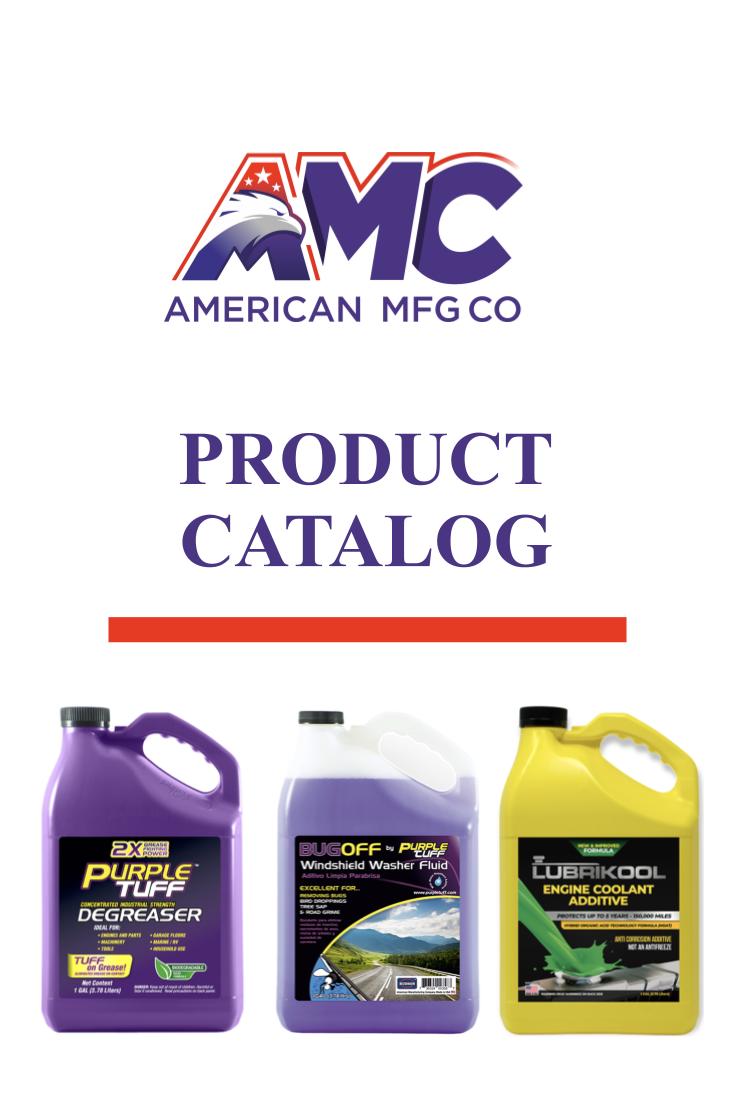Blog
Engine Oil: Its Importance and How It Differs from Motor Oil

Are you wondering about the importance of engine oil? Finding it difficult to choose the right one for your car among the various U.S. motor oil manufacturers? You’ve just unlocked level one of car care! It’s great that you’re thinking about these aspects of your vehicle. This shows you’re a true car enthusiast who wants only the best for your car.
So, why should you invest in a lubricant?
Well, well! When your car’s engine runs, its internal components interact, creating friction. The primary purpose of engine oil is to reduce that friction. Basically, it protects the engine from wear, extending its lifespan. All engines need lubrication to operate optimally over long periods. When the engine burns fuel, it generates heat. This heat must be channeled away from the engine, and that’s where engine oil comes in. It traps and transfers heat, acting as a complement to engine coolant, which can’t reach every part of the engine.
As the engine runs, dust, metal particles, and combustion residues accumulate on the surfaces of its components. To ensure the engine operates at its best, these deposits need to be cleaned. So next time you change your oil, give your car a pat because the oil cleans impurities by carrying them to the oil filter, where they are trapped. Yes, engine oil serves multiple purposes.
The combustion process also generates corrosive acids. Engine oil addresses this by neutralizing pH levels to protect the engine. However, this causes the oil to oxidize, reducing its ability to neutralize acids. That’s another reason why you need to change your oil frequently. Some internal engine components, such as pistons and cylinders, need to be sealed and protected from external particles. Oil acts as a guardian, creating a tight layer that helps protect these parts.
CO2 emissions increase as lubricant levels drop. This not only raises emissions but also affects engine efficiency, impacting fuel economy. A little oil now and then can save you major mechanic bills.
Types of Engine Oil
Before understanding the types of oils available on the market, it’s best to learn what viscosity is. It measures how easily oil flows at a specific temperature. Thinner oils help the engine start quickly in cold climates, while thicker oils maintain oil pressure and handle heavier loads. You may have seen alphanumeric codes in the XW-XX format on oil cans. This helps you pick the right option for your car. How? The ‘W’ stands for winter. The number before the ‘W’ represents the oil’s viscosity at 0°C (32°F), and the number after the ‘W’ represents the viscosity the oil maintains at 100°C (212°F). If you live in a cold area, you’ll want a smaller number before the ‘W,’ and vice versa.
Conventional Oil
Don’t underestimate its potential just because it’s “conventional.” It’s ideal for standard cars with simple engines. Suitable for everyday drivers on daily commutes, it comes in a variety of viscosities, quality grades, and brands. American MFG is one of the most reliable and top motor oil manufacturers in the U.S., offering a wide range of options.
Synthetic Oil
A more refined or chemically modified version of conventional oil, synthetic oil performs well in all conditions, from extremely low to high temperatures. Because of this, these oils are usually more expensive.
Synthetic Blend Oil
Typically preferred for heavy vehicles and SUVs, it combines synthetic and conventional base oils, providing resistance to oxidation and low temperatures. Conventional base oil is any oil not made from natural gas. Synthetic blend oil combines synthetic and organic oil, helping maintain excellent mileage performance.
High-Mileage Oil
Bought a new car? This oil is for you. It minimizes oil burning and leaks with special additives. It’s also suitable for older engines, protecting against oil leaks.
Choosing and Changing Engine Oil
Select oil viscosity based on your local climate. Nobody knows everything about “car sages,” so the best source of precise details is your car manual. While cars have indicators for when an oil change is needed, if engine noise increases, there’s an oil smell inside, smoke comes from the exhaust, the oil darkens, or you’ve driven 5,000 miles since the last change—change the oil before the light comes on!
Oil change schedules vary by engine, so follow your manual for timing and duration. Some cars requiring full synthetic oil may only need a change after 15,000 miles. So it depends! Older cars usually have two schedules: one for normal conditions and one for severe conditions. Severe conditions include short trips and harsh weather. Newer cars notify you based on real-time conditions and miles driven, thanks to technological advances.




